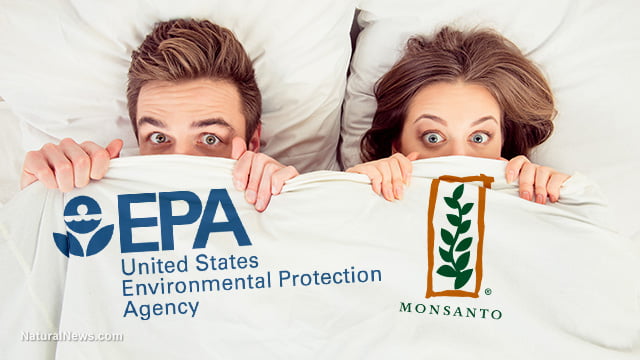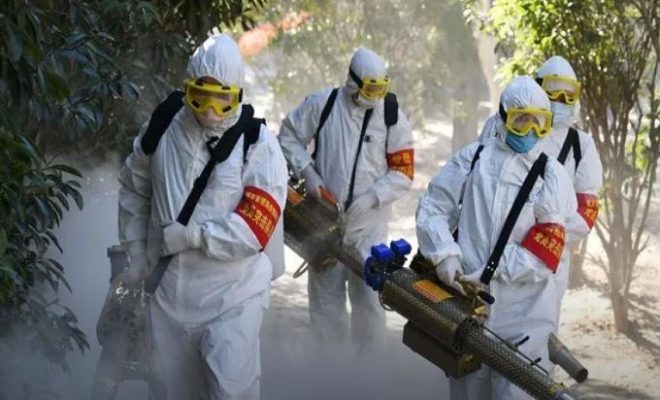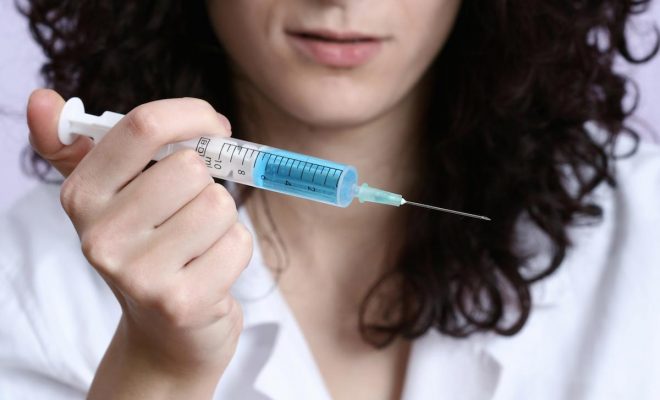EPA Bases Glyphosate Safety on Monsanto Data Before Mysteriously Yanking Documents From Website, Saying Review is Incomplete

The U.S. Environmental Protection Agency is currently assessing the toxicity of the widely used herbicide, glyphosate, the active ingredient in Monsanto’s Roundup. The agency reviews each registered pesticide every 15 years to determine its safety and whether or not it’s still in compliance with the Federal Insecticide, Fungicide, and Rodenticide Act (FIFRA).
Though the EPA says it has not officially completed its review of glyphosate, the agency published what appeared to be the results of the assessment to its website Friday, which claimed to find that glyphosate is not carcinogenic to humans, contradicting earlier reports from the World Health Organization stating that the weedkiller is a “probable carcinogen.”
In a surprising and strange twist, the EPA quickly pulled the assessment results, which were labeled “FINAL,” from its website, saying the documents were “inadvertently” published and that it had not yet finished its review.
Though disappointed in the premature ruling, activists are hopeful the EPA will complete a thorough and fair review and make good on its promise to have its data peer-reviewed before reaching a final decision regarding the carcinogenicity of glyphosate, Alexis Baden-Mayer, Political Director for the Organic Consumers Association told Natural News.
Monsanto celebrates renewal of glyphosate license
Despite the EPA’s statement that their cancer review on glyphosate is incomplete, Monsanto quickly began celebrating the news, confirming the agency did in fact rule the widely used weed killer is not cancerous to humans.
The EPA’s document was “clearly labeled and signed as the final report of EPA’s Cancer Assessment Review Committee,” said Monsanto.
Documents deleted by the EPA include summaries of three meetings in 2015 between agency officials and Monsanto; “preliminary ecological risk assessments of glyphosate on milkweed;” “a report discussing possible label amendments to two of Monsanto’s Roundup products when used on oilseeds, fruit and other crops; and a six-slide Monsanto presentation to the EPA officials,” according to Reuters.
“EPA has not completed our cancer review,” the agency told Reuters. “We will look at the work of other governments as well as work by (the U.S. Department of Health and Human Services’) Agricultural Health Study as we move to make a decision on glyphosate.”
More proof regulatory agencies serve industry, not the people
But the damage was already done, as the documents reveal once again that the agency used industry-funded research to determine the “safety” of glyphosate. “All they’re doing is reviewing studies that are funded by the industry,” said Jennifer Sass, a senior scientist at Natural Resources Defense Council.
“EPA’s determination that glyphosate is non-carcinogenic is disappointing, but not terribly surprising—industry has been manipulating this process for years,” said Nathan Donley, a scientist with the Center for Biological Diversity (CBD). “The analysis done by the World Health Organization is more open and transparent and remains the gold standard.”
As reported by Common Dreams, the documents EPA deleted from its site include the following statement:
The epidemiological evidence at this time does not support a causal relationship between glyphosate exposure and solid tumors. There is also no evidence to support a causal relationship between glyphosate exposure and the following non-solid tumors: leukemia, multiple myeloma, or Hodgkin lymphoma.
Co-formulants more dangerous than glyphosate
The analysis cited data from “private biochemical firms like Inveresk Research International, Nufarm, and Arysta Life Sciences,” according to Common Dreams.
The Center for Biological Diversity highlights the fact that the EPA’s assessment focused only on glyphosate as a singular ingredient, ignoring its co-formulants, or other ingredients used to increase the chemical’s effectiveness that could potentially be more toxic than the primary ingredient.
Little is understood about the health effects of co-formulant chemicals. However, French researcher Gilles-Eric Seralini showed that glyphosate’s co-formulants are often endocrine disruptors and are 1,000 more toxic than glyphosate alone.
Activists rally outside White House, demand an end to glyphosate use
On Wednesday, May 4 at 11:30 a.m. EST, citizens, activists, and scientists will spring into action and rally outside the White House demanding the EPA revoke the license for glyphosate.
Following the rally, a large coalition of national organizers will march over to the EPA headquarters located at 1200 Pennsylvania Ave NW at 1:00 p.m. EST to deliver 400,000 petitions demanding the government immediately halt the use of glyphosate on American’s farmland, parks, and schools.
The event was organized by Moms Across America and Care2, and has received assistance from the Organic Consumers Association, Beyond Pesticides, Friends of the Earth, SumOfUs, CREDO Action, and Food Democracy Now.
“The EPA is simply ignoring hundreds of scientific studies showing harm. The fact is that plenty of science shows that the contamination of glyphosate in our wine, beer, tap water, urine, breast milk, cotton products, cereal and breakfast foods is a major contributing factor to America’s skyrocketing illnesses,” said Zen Honeycutt, with Moms Against America[PDF].
“Tragically, the EPA’s preliminary cancer finding doesn’t only contradict the WHO determination that glyphosate is a probable carcinogen. It also contradicts the lived experience of many members of the Organic Consumers Association and people in the US around the world who have been exposed to glyphosate and now have cancer.
“There’s a word for the harm Monsanto has caused with poisons like Roundup and Agent Orange: ecocide. Ecocide should be a crime and Monsanto should be charged. That’s why OCA is helping to organize the Monsanto Tribunal at the Hague on World Food Day.”
Stay tuned as Natural News continues to follow this important event.
Sources:








